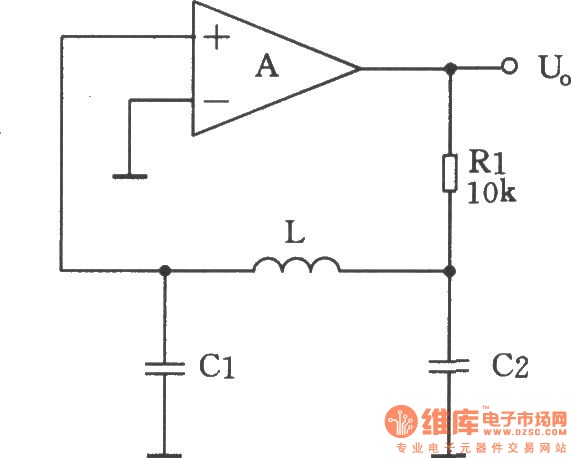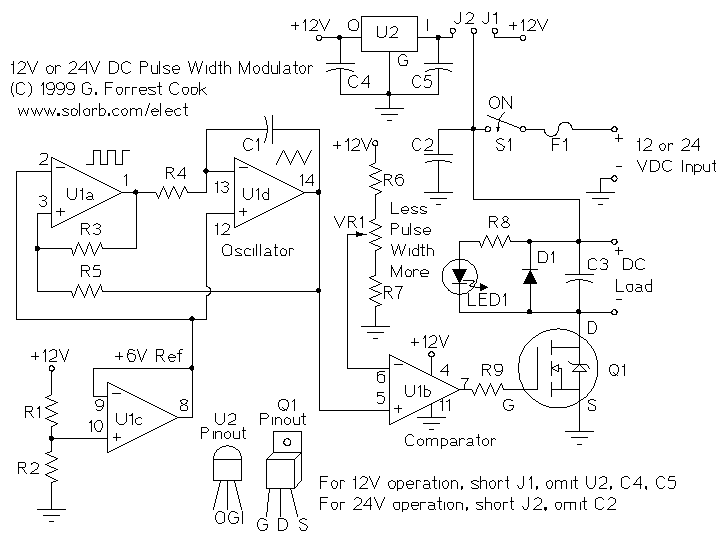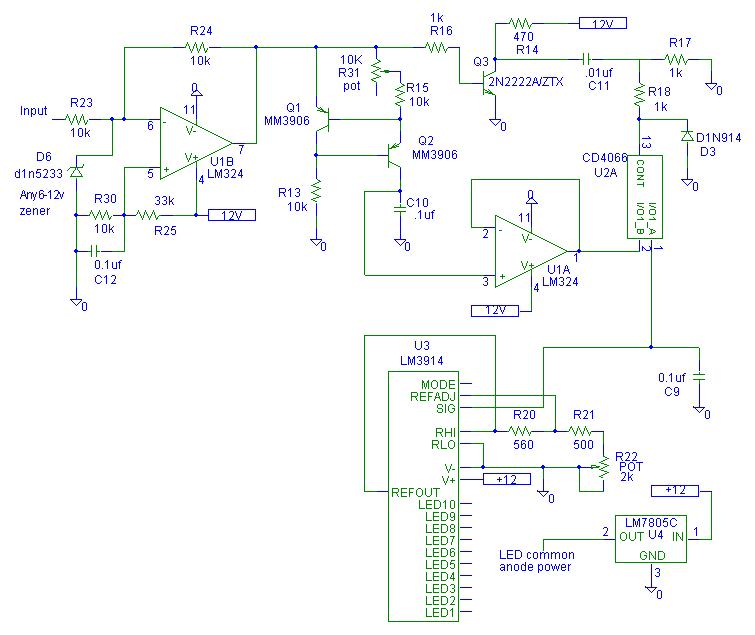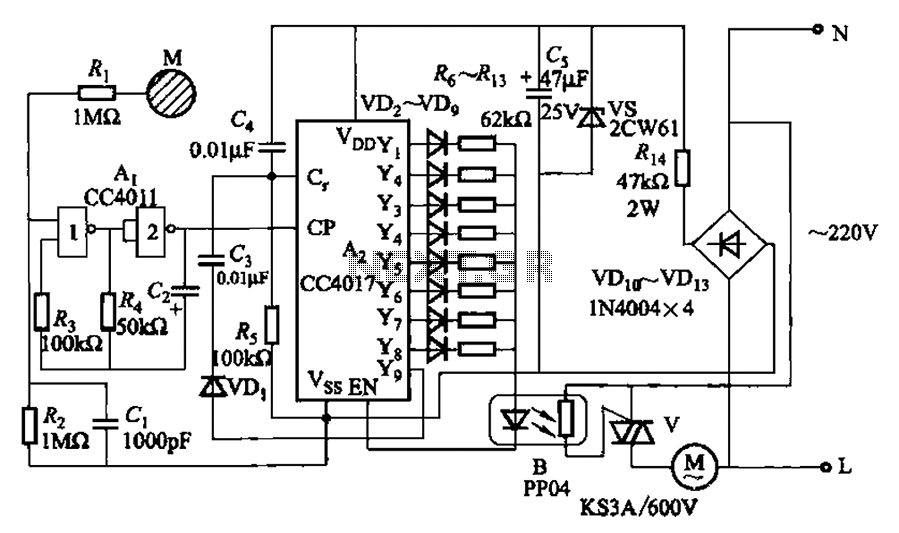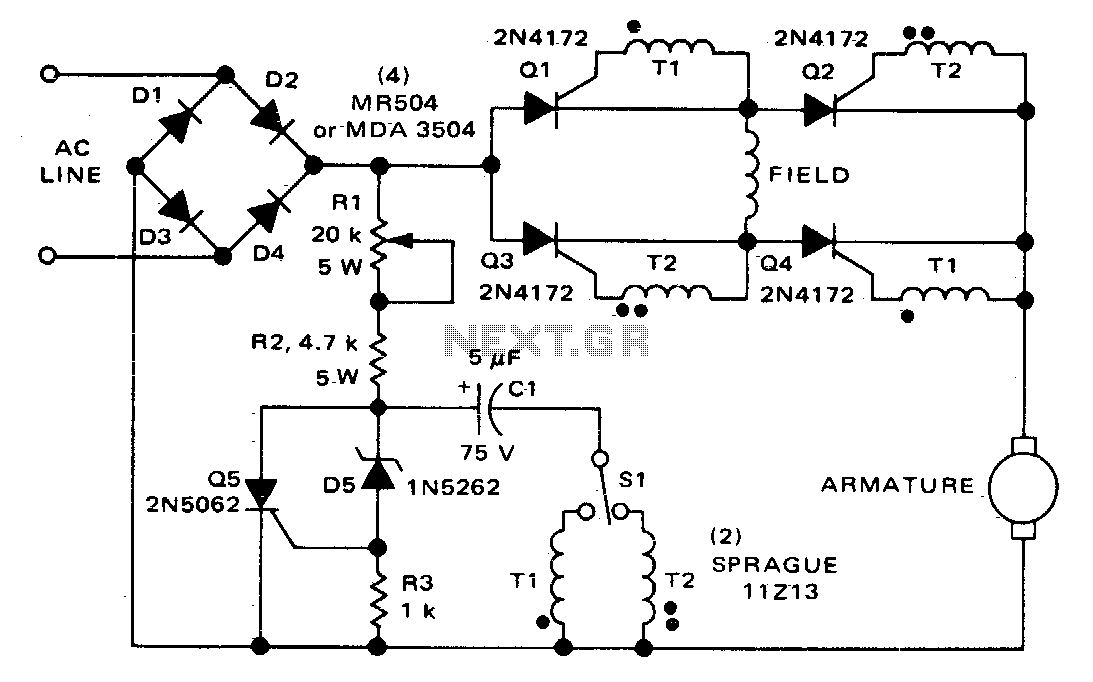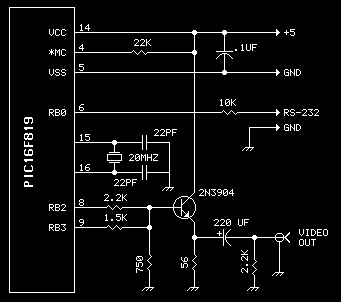
Speed Pulse Generator For PC Fans
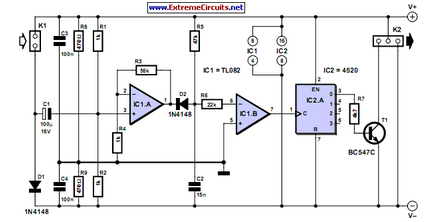
This circuit generates speed pulses from the speed-dependent voltage spikes produced by commonly used types of PC power supply fans, which are superimposed.
The circuit utilizes the voltage spikes generated by the fan's operation to create a series of speed pulses that can be used for various monitoring and control applications. Typically, the fan operates at varying speeds based on temperature and system load, which results in corresponding voltage changes. These voltage spikes can be captured and processed to derive a pulse signal that reflects the fan's speed.
The circuit design may include components such as a diode to rectify the AC voltage spikes, a capacitor to smooth the output, and a comparator to convert the analog signal into a digital pulse. This digital pulse can then be fed into a microcontroller or a digital signal processor for further analysis or control actions.
The output frequency of the generated pulses is directly proportional to the fan speed, allowing for real-time monitoring of the fan's operational status. This information can be utilized in thermal management systems to ensure optimal performance and prevent overheating in electronic devices. Additionally, the circuit can be integrated into larger systems for feedback mechanisms, enhancing the overall efficiency of the cooling solutions employed in PC power supplies.This circuit generates speed pulses from the speed-dependent voltage spikes generated by commonly used types of PC power supply fans, which are superimpos.. 🔗 External reference
The circuit utilizes the voltage spikes generated by the fan's operation to create a series of speed pulses that can be used for various monitoring and control applications. Typically, the fan operates at varying speeds based on temperature and system load, which results in corresponding voltage changes. These voltage spikes can be captured and processed to derive a pulse signal that reflects the fan's speed.
The circuit design may include components such as a diode to rectify the AC voltage spikes, a capacitor to smooth the output, and a comparator to convert the analog signal into a digital pulse. This digital pulse can then be fed into a microcontroller or a digital signal processor for further analysis or control actions.
The output frequency of the generated pulses is directly proportional to the fan speed, allowing for real-time monitoring of the fan's operational status. This information can be utilized in thermal management systems to ensure optimal performance and prevent overheating in electronic devices. Additionally, the circuit can be integrated into larger systems for feedback mechanisms, enhancing the overall efficiency of the cooling solutions employed in PC power supplies.This circuit generates speed pulses from the speed-dependent voltage spikes generated by commonly used types of PC power supply fans, which are superimpos.. 🔗 External reference
